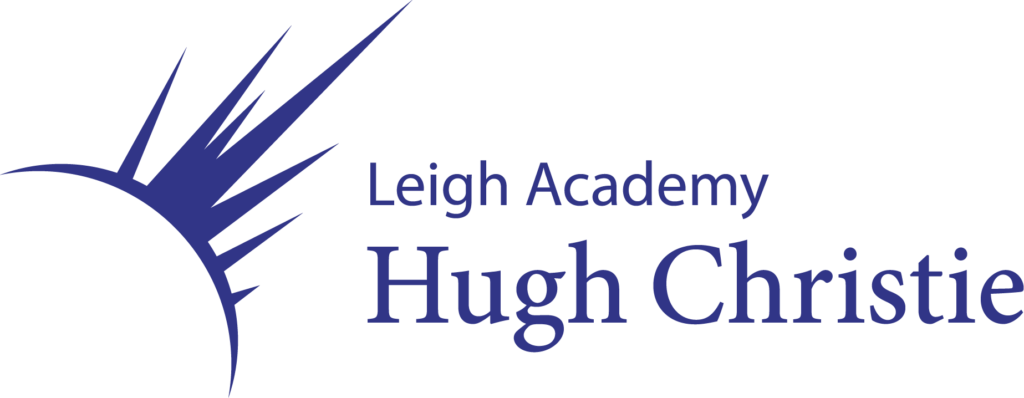- Module 1: Hardware and Software, including induction to Chromebooks and Google Software
- Module 2: Digital Security, E-Safety, Binary
- Module 3: Communication
- Modules 4, 5 & 6: Scratch
Curriculum Intent
The ICT curriculum is designed to equip students with the necessary skills, knowledge, and understanding to navigate and thrive in a digitally-driven world. By engaging with technology in meaningful ways, students will develop the confidence to use ICT as a tool for learning, creativity, and problem-solving, both in their academic studies and future careers.
Curriculum Vision: Our ICT curriculum aims to:
- Develop digital literacy: Ensuring students can confidently use technology to access, process, and communicate information.
- Foster critical thinking and problem-solving: Encouraging students to engage with technology in a way that promotes logical reasoning, analysis, and creative solutions.
- Promote innovation and creativity: Providing opportunities for students to use technology in creative ways, whether through coding, digital design, or multimedia production.
- Prepare for the future: Equip students with the practical and technical skills that are essential in an increasingly digital world, preparing them for further education, the workplace, and active citizenship.
- Ensure digital safety and responsibility: Instilling a strong sense of responsibility regarding online behavior, digital privacy, and ethical use of technology.
Key Aims:
- Digital Literacy: To enable students to be effective and responsible users of a wide range of digital tools, software, and devices. This includes understanding basic computing principles, internet research, word processing, and data analysis.
- Computational Thinking: To develop students’ ability to break down problems and create solutions through programming and algorithmic thinking. Students will engage with coding languages, such as Scratch, Python, and HTML, and will develop skills in logical thinking and debugging.
- Creativity and Innovation: To encourage students to use ICT for creative expression, whether through video editing, graphic design, or multimedia presentations. This helps students see technology as a medium for artistic and innovative communication.
- Critical Thinking and Problem-solving: To foster the development of problem-solving skills by using ICT tools to research, evaluate, and present data, and to design solutions to real-world problems through project-based learning.
- Collaboration and Communication: To promote teamwork and collaboration by using digital tools that allow for communication, sharing ideas, and working on collaborative projects, both in and outside the classroom environment.
- Digital Citizenship: To ensure students understand and act in accordance with safe, responsible, and ethical use of technology. This includes understanding online safety, privacy concerns, intellectual property, and the potential risks and rewards of social media.
Curriculum Objectives:
- Year 7: Introduction to basic ICT concepts, including understanding hardware and software, digital communication, basic programming skills, and creating simple digital content (e.g., websites, multimedia presentations).
- Year 8: Building on year 7 skills, students will work on more complex projects, focusing on developing computational thinking through coding, digital design, and problem-solving activities.
- Year 9: Students will explore more advanced ICT concepts, such as user interfaces, and more advanced programming. Focus will be placed on collaborative projects and real-world problem-solving using ICT.
ks3: Design - Information Technology (IT)
- Module 1: E-Safety, including introduction to Chromebooks and Google
- Modules 2 & 3: Scratch
- Modules 4, 5 & 6: Python
- Modules 1 & 2: Exploring User Interfaces, including introduction to Chromebooks and Google
- Modules 3, 4 & 5: Python
- Module 6: Cybersecurity



